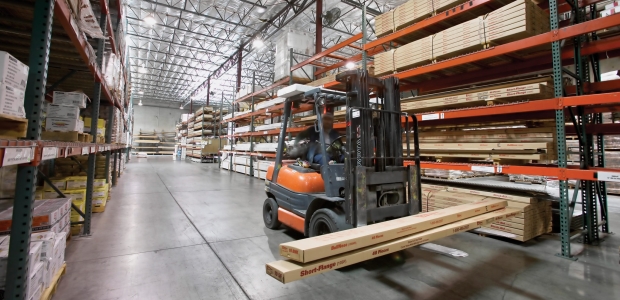
Leading the Way to Leading Indicators
Companies need to reinforce desired behavior, not results, especially when it comes to injury hiding. However, injury hiding isn’t the only thing to question in lagging incentives.
- By Bill Sims Jr.
- Sep 01, 2014
"Hey, Bill, we need some help with leading indicator safety incentives," said a safety director of a large home services company in the Southeast. "We've made good progress in safety, but we know we can do better. We're trying to figure out how to implement a safety recognition program without injury hiding. Can you help us?"
It turns out he had scoured the Internet and somehow found my number.
I'm glad he did. We talked a little bit about what he'd seen on the web. He'd done his homework well and had loaded his boss's desk with the usual options -- safety bingo, poker, and the typical online point systems. Sadly, most of these systems are largely tied to working a period of time without reporting an injury. These lagging-indicator systems are rife with injury hiding and send the wrong signals to workers. Believe it or not, they are still passionately championed by a few leaders in spite of rapidly escalating OSHA fines and penalties being levied against them.
OSHA recently released a memorandum criticizing the lagging-indicator practice. According to the agency, traditional, rate-based safety incentive programs can actually undermine workplace safety because they discourage workers from reporting workplace injuries. What is known as the "Whistleblower Memo" informs employers how they now may be cited for such safety "dis"-incentive programs.
The truth is, programs that reward people for results only are not always the best option.
"Is that the direction you really want to go?" I asked the safety director.
"Nope. But I haven't found anything that links rewards and recognition to behavior change," he said. "And, to make matters worse, much of our exposure is with lone workers, who are constantly driving and exposed to driving risks, as well as on-the-job injuries."
This company's technicians worked long days in demanding situations. They would drive their vehicles through 15 to 18 stops in a day, mostly alone. They faced all of the hazards of driving, in addition to hazards on the job site.
I took a deep breath. This wasn't going to be easy.
Over the years, many leaders have emailed me wondering whether they should end their incentive programs that reward people for working a period of time without an injury. They've questioned the programs' effectiveness, and they have been right to do so. It's always healthy to question whether you might have injury hiding in your company, even if you don't have an incentive program.
As we know at Bill Sims Company, the key to a safe workplace environment is linking positive reinforcement to behavior and behavior change. While lagging indicators reward results, such as giving a $100 bonus to every employee who goes a year without an accident, leading indicators are about reinforcing behaviors that make us safe. This could be things such as rewarding those who attend and pay attention during safety meetings, wear a hard hat, etc. If employers reinforce leading indicators consistently, the results will be better than what lagging indicators produce.
After a number of presentations to the home services company's leadership team, the old-school incentive program options were trashed in favor of a leading indicator, positive reinforcement system that we would develop to fit their culture and leadership styles. We worked to identify the behaviors that were causing the injuries and worker's compensation claims.
"One of the problems we foresaw with the bingo and scratch-off systems we reviewed was a lack of accountability. How would we know if those programs were effectively implemented or were they just money tossed to the wind?" company leaders asked. Our system allowed them full transparency and accountability. Using the system helped the company modify and change unsafe behaviors based on the results achieved.
We decided to pilot the system with one of five divisions of their company – one that had one of the highest injury rates. This division had a president who was committed to safety leadership. After careful planning and design with our team, the behavior-based system was rolled out and aimed at improving safe driving behaviors, reducing slips and falls, and improving body mechanics.
Did it work? We were able to show measurable behavior change within the first 30 days. In the first six months of the pilot program, injuries and unsafe driving behaviors fell by 41 percent. Many other divisions have since followed suit and are implementing the positive reinforcement system, and the division that piloted the system moved into first place in safety.
This year, in light of OSHA, we've been seeing a rapid movement in the industry toward leading indicator incentives. Companies need to reinforce desired behavior, not results, especially when it comes to injury hiding. However, injury hiding isn't the only thing to question in lagging incentives. There is a much greater issue at stake than injury hiding.
And that is the question of whether these systems actually work or not. Is it possible that you are simply rewarding what is going to happen anyway? To learn the answer, just email me or stop by my
website.
This article originally appeared in the September 2014 issue of Occupational Health & Safety.